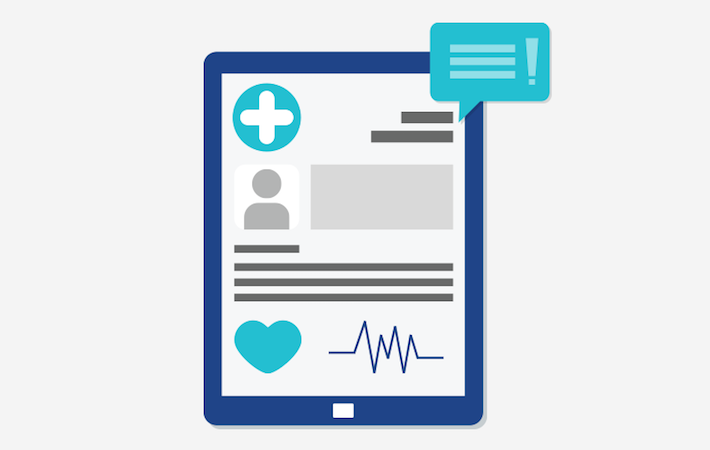
When healthcare professionals and their patients think of quality care, it’s likely that storing and charting patient information are among the last things on their minds. At first glance, it’s administrivia of the most basic kind. And while this formal documentation is integral to any healthcare practice, it is also laborious, time-consuming and often the invisible and under-appreciated efforts of an already stretched healthcare professional. In an age where virtually every other industry has adopted technology to improve efficiencies and customer service, we seem to accept this administrative burden as of the price of modern healthcare. But should we? Can we teach old dogs new tricks when it comes to these tasks? We know there is a direct correlation between time spent on administrative tasks – such as managing charts and filling out paperwork – and a negative impact on patient care. Quite simply, there are only so many hours available in a day. More time spent on administration means less time available for patient needs.
We also know wait times are lengthy and seem to be increasing. Imagine being able to offer healthcare professionals even an extra hour a day to care for patients. That could translate into fitting in three more patients a day. The technology to allow our doctors to be more efficient and, therefore, treat more Canadians is available; but is our healthcare system ready for it?
The benefits to making these changes are clear. An openness to technological assistance is the gateway to easing the burden on our struggling healthcare system. Simply making it easier to capture and share patient information is an important element of alleviating our system’s chronic strains. Clinicians who embrace 21st century tools can benefit from a more satisfied patient, and facilitate higher levels of engagement between visits to the clinic, helping people achieve their healthcare goals.
Privacy concerns are often cited as a reason for a collective reluctance to go down this path. We need to ask ourselves if this a still a legitimate issue in an age when banking is almost completely automated and available to enhance the client experience without compromising privacy. Why can’t healthcare follow banking’s lead? Frankly, patients should demand this level of security, convenience, and consistency in their own healthcare purchases and experiences.
So, can you teach an old dog new tricks? If healthcare professionals are open to adopting technology as an integral part of their back-office solutions and Canadians are willing to accept a paradigm shift in how we approach our healthcare delivery strategy, then I firmly believe those old dogs will prevail in a tech-smart, patient-first healthcare system.
